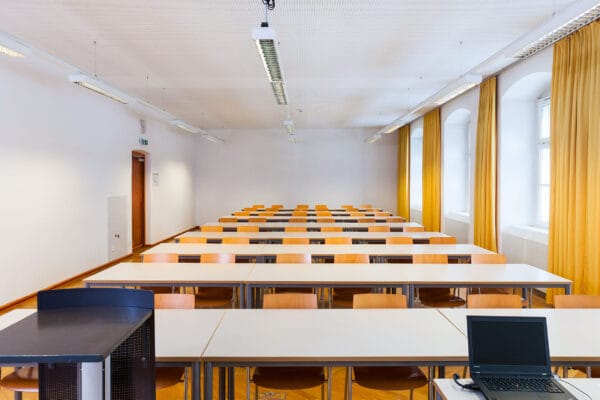
NAME:
Theologie – SR VI
BUILDING:
Theologie
FLOOR:
1
TYPE:
Seminar Room
CAPACITY:
48
ACCESS:
Only Participants
EQUIPMENT:
Beamer, PC, WLAN (Eduroam), Overhead, Flipchart, Blackboard, Handicapped Accessible, LAN, Speaker Desk
Social innovations are defined as initiatives that tend towards the goal of good living, by proposing adapted responses to identified social and societal needs. The aim of this paper is to consider how and under what conditions these initiatives contribute to a living well in mountain areas. To this end, we propose a fresh look at the relationship between well-being, social innovation and territorial anchoring. We hypothesize that territorial anchoring is a fundamental condition for social innovations to be able to contribute to living well on a regional scale. This anchoring depends both on the ability of these innovations to mobilize place-based resources, and on their capacity to structure and insert themselves into a variety of regional networks.
To do this, we’ll take a look at the Hautes-Alpes department in France. It’s a sparsely populated département, isolated from the main national and regional routes. The weight of the social economy is very significant, and has the advantage of being well structured. What’s more, many transformative social innovations have emerged in recent years, in a wide range of sectors. The methodology is based on a cross-fertilization of the TransforMont database developed by the Labex ITTEM, two years of participant observation in the area, and several semi-structured interviews with initiative leaders and network coordinators.
Two results can be observed:
– a growing density of transformative social innovations throughout the département, and a wide variety of functions fulfilled, mobilizing diverse resources and themes for living well ;
– but the question of well-being needs to be considered on a local-regional scale, and local specificities are emerging, as well as interplay of scales. Based on these results, we will discuss the conditions under which these social innovations are levers for good living in the mountains.

We and use cookies and other tracking technologies to improve your experience on our website. We may store and/or access information on a device and process personal data, such as your IP address and browsing data, for personalised advertising and content, advertising and content measurement, audience research and services development. Additionally, we may utilize precise geolocation data and identification through device scanning.
Please note that your consent will be valid across all our subdomains. You can change or withdraw your consent at any time by clicking the “Consent Preferences” button at the bottom of your screen. We respect your choices and are committed to providing you with a transparent and secure browsing experience.